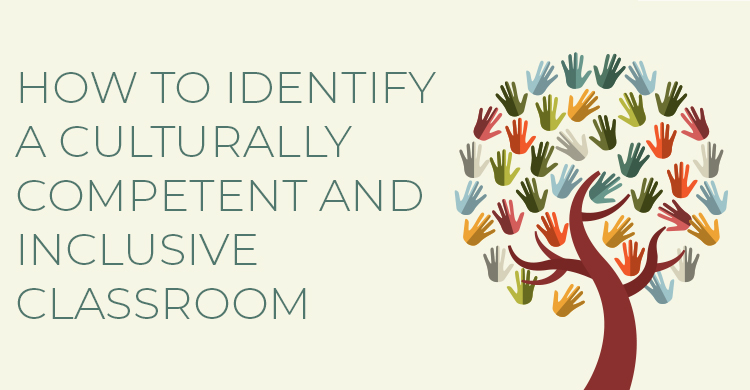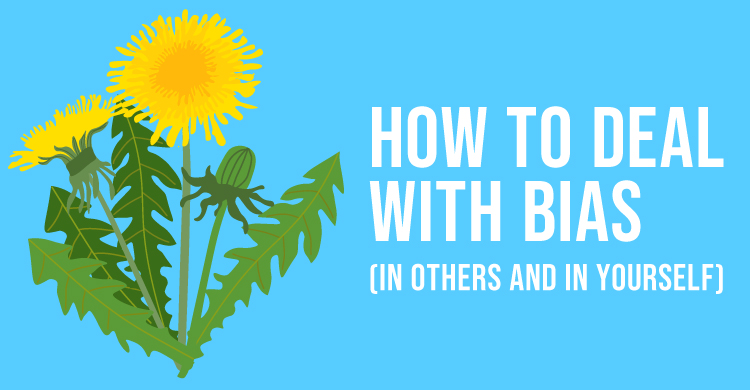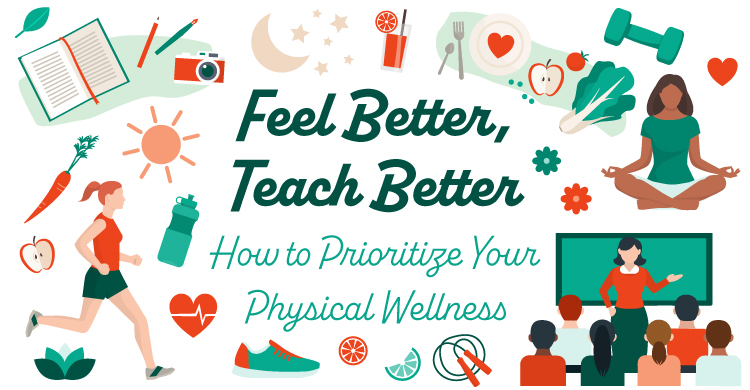3 Strategies to Build Vocabulary and Unlock Understanding
Our students encounter thousands of words each day. Some of the words they are familiar
Read More

Our students encounter thousands of words each day. Some of the words they are familiar
Read More
In today’s diverse classrooms, creating an equitable learning environment is crucial for student success. Reflecting
Read More
As students gear up for state reading tests, the goal of reaching grade-level proficiency looms
Read More
Biases of many flavors exist both around and within each of us. But what is
Read More
The demands of being an educator can often feel overwhelming, with long hours, constant multitasking,
Read More